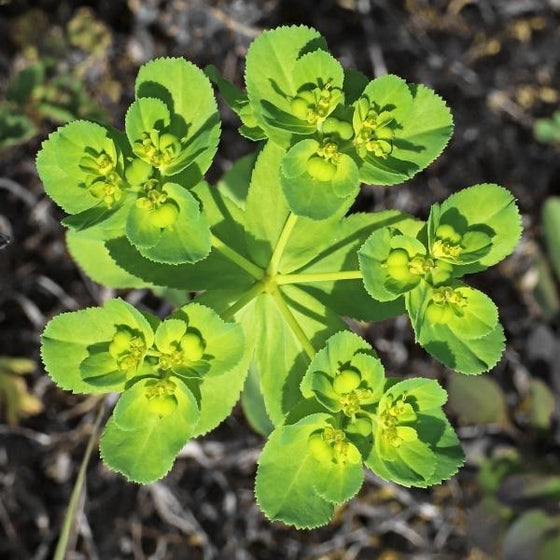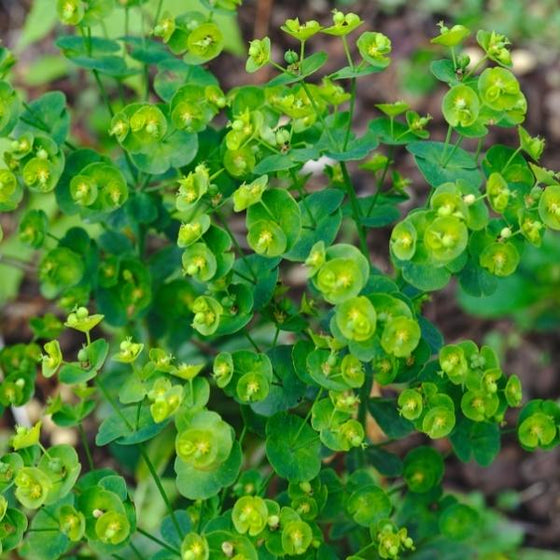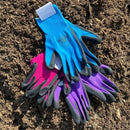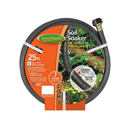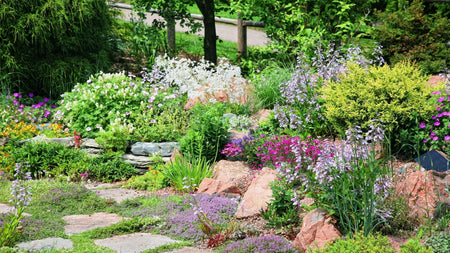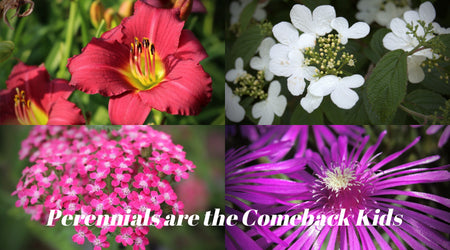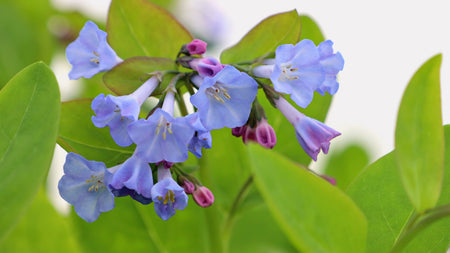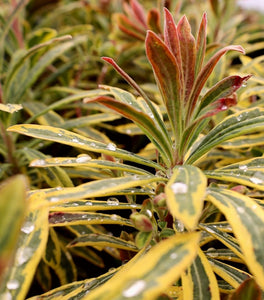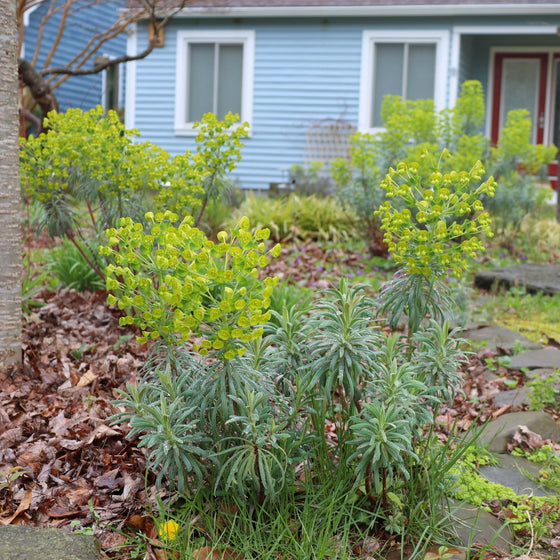
Images Depict Mature Plants
Euphorbia Amygdaloides for Sale Online
Euphorbia Robbiae (more commonly known as Wood Spurge or Mrs. Robb’s Bonnet is the perfect specimen to create a lush, springtime spectacle in your garden. This perennial produces bright green flowers from April through June, emerging in a unique geometrical pattern that will be a focal point of your landscape.
Euphorbia Robbiae can tolerate shade and is also known to thrive in dry soil conditions, making it low maintenance and an easy-to-care-for plant.
Because of its growth habit, Wood Spurge makes an excellent ground cover option. Growing up to 20 feet tall, this plant can create a lush green carpet on your lawn. While wood spurge can be enjoyed in the garden, it can also be enjoyed as a container plant to bring some life and color to your patio or balcony.

| Hardiness Zone: | 6-9 |
|---|---|
| Mature Height: | 12 to 20 inches |
| Mature Width: | 0.75 to 1.5 feet |
| Classification: | Perennial |
| Sunlight: | Full Sun to Part Shade |
| Habit: | Mounded, upright, spreading |
| Flower Color: | Green, yellow |
| Flowering Season: | April through June |
| Foliage: | Dark green |
| Soil Condition: | Prefers dry, average to sandy soil |
| Water Requirements: | Water well until established |
| Uses: | Extremely attractive when used as a focal point in the mixed border, mass planting. |
How to Care for Euphorbia Robbiae
Before you buy Euphorbia Amygdaloides, make sure to read about these recommended care instructions to keep this plant healthy and flourishing.
How do I plant Euphorbia Amygdaloides?
Dig a hole more wide than deep and spread roots out. If planting in mass, space plants about 18-20 inches apart.
What type of light is best for Euphorbia Amygdaloides?
Euphorbia Amygdaloides will produce best flowers in full sun, but can tolerate partial shade.
How should I water Euphorbia Amygdaloides?
This spurge prefers dry soil, so water well until established. Thereafter, water when soil is dry to the touch.
How should I Fertilize Euphorbia Amygdaloides?
Fertilize Euphorbia Amygdaloides once a week in spring and summer.

